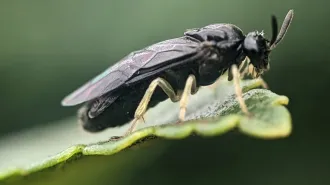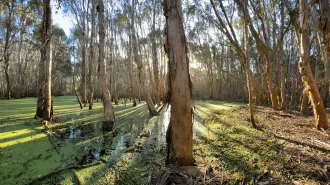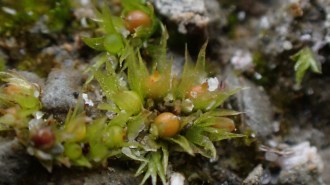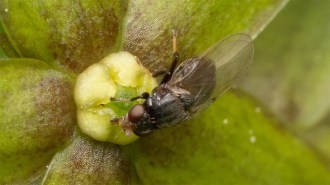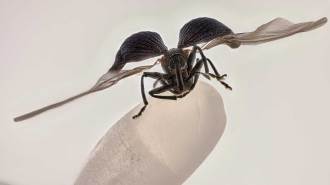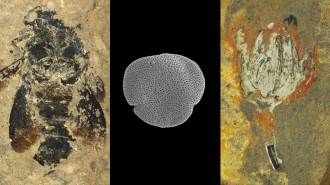From Milwaukee, Wisc., at a meeting of the American Phytopathological Society
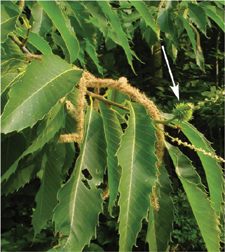
The first results of an unusual test of a biological control don’t look good.
Most people think of American chestnuts as long gone, thanks to an imported fungus, but scattered patches have survived. The largest, with 5,000 trees, lies in La Crosse Co., Wis. It thrived until 1987, when Wisconsin Department of Natural Resources pathologist Jane Cummings Carlson confirmed that blight had struck. At first, caretakers tried to control the outbreak by cutting down and burying all infected trees, but the disease kept reappearing.
In 1992, a team of researchers, including Cummings Carlson, switched strategy and began trying to weaken the tree fungus before it killed. For 6 years, she, William MacDonald of West Virginia University, and a coalition of would-be chestnut savers drilled holes in sick Wisconsin trees and inserted fungus infected with a partially debilitating virus. The strategy seemed particularly promising because all of the fungi at the La Crosse site are similar enough to fuse readily and infect one another.
On some trees, the treatment seemed to work. Unfortunately, the fungus-attacking virus is not spreading as fast as the tree-killing fungus. “The level of control isn’t what I hoped for,” MacDonald says.
Despite the discouraging news, MacDonald says he hasn’t entirely given up hope for this stand of American chestnut. “Maybe it’s like the turtle and the hare,” he says, and the slow virus will eventually win.
